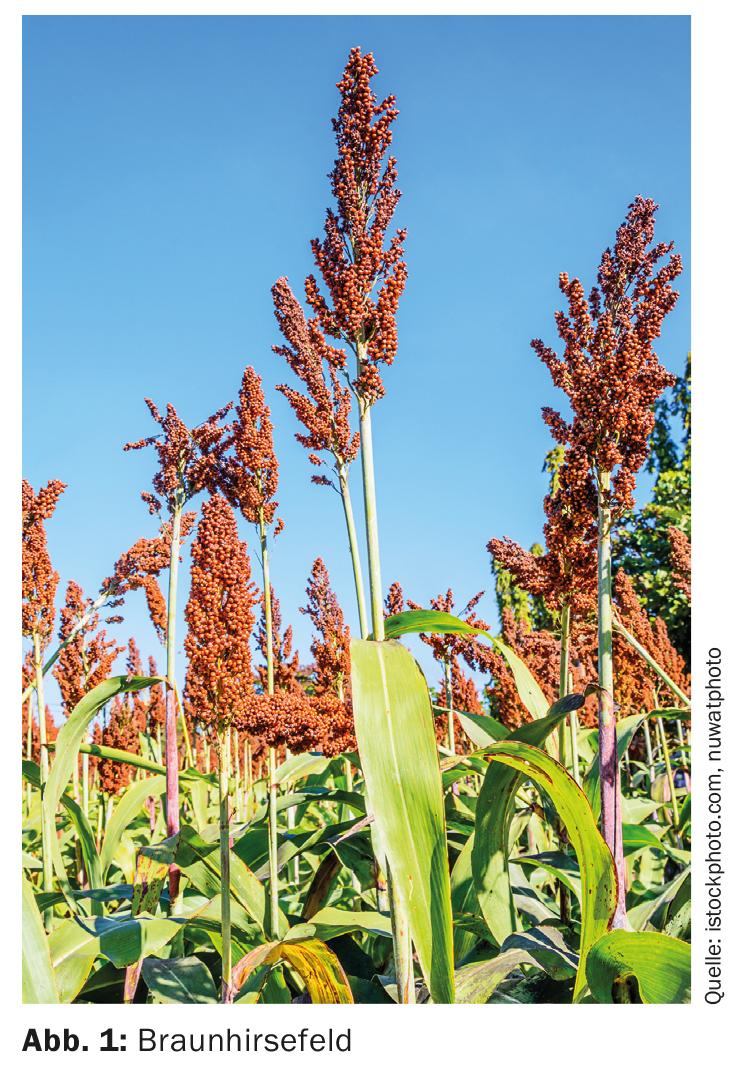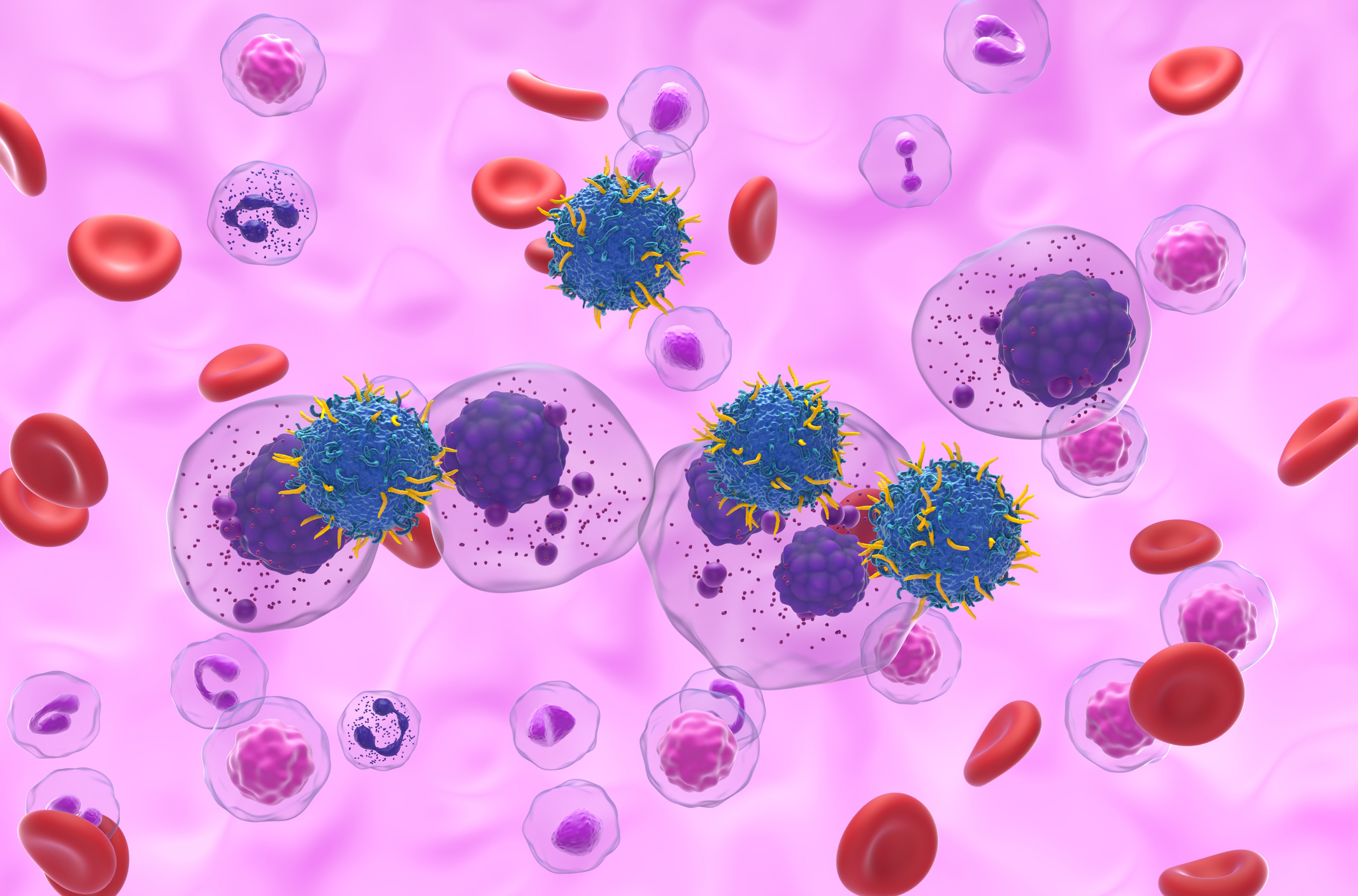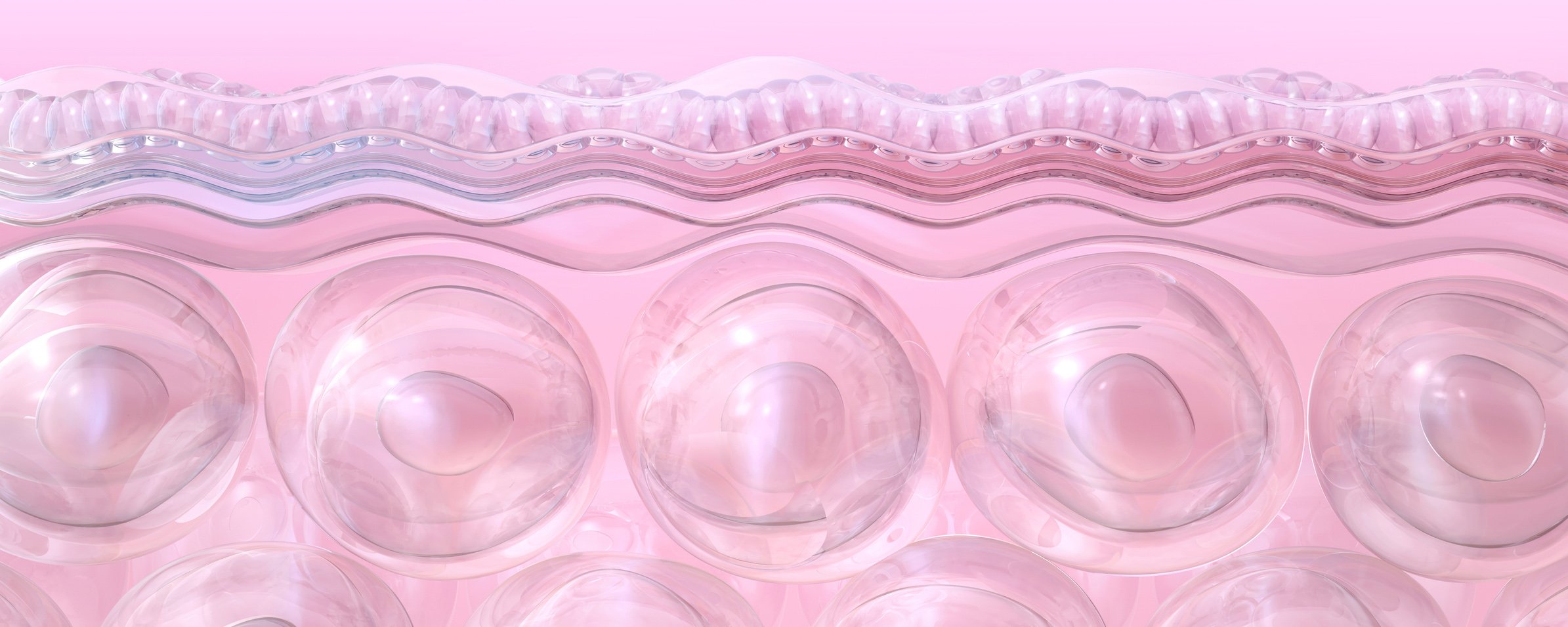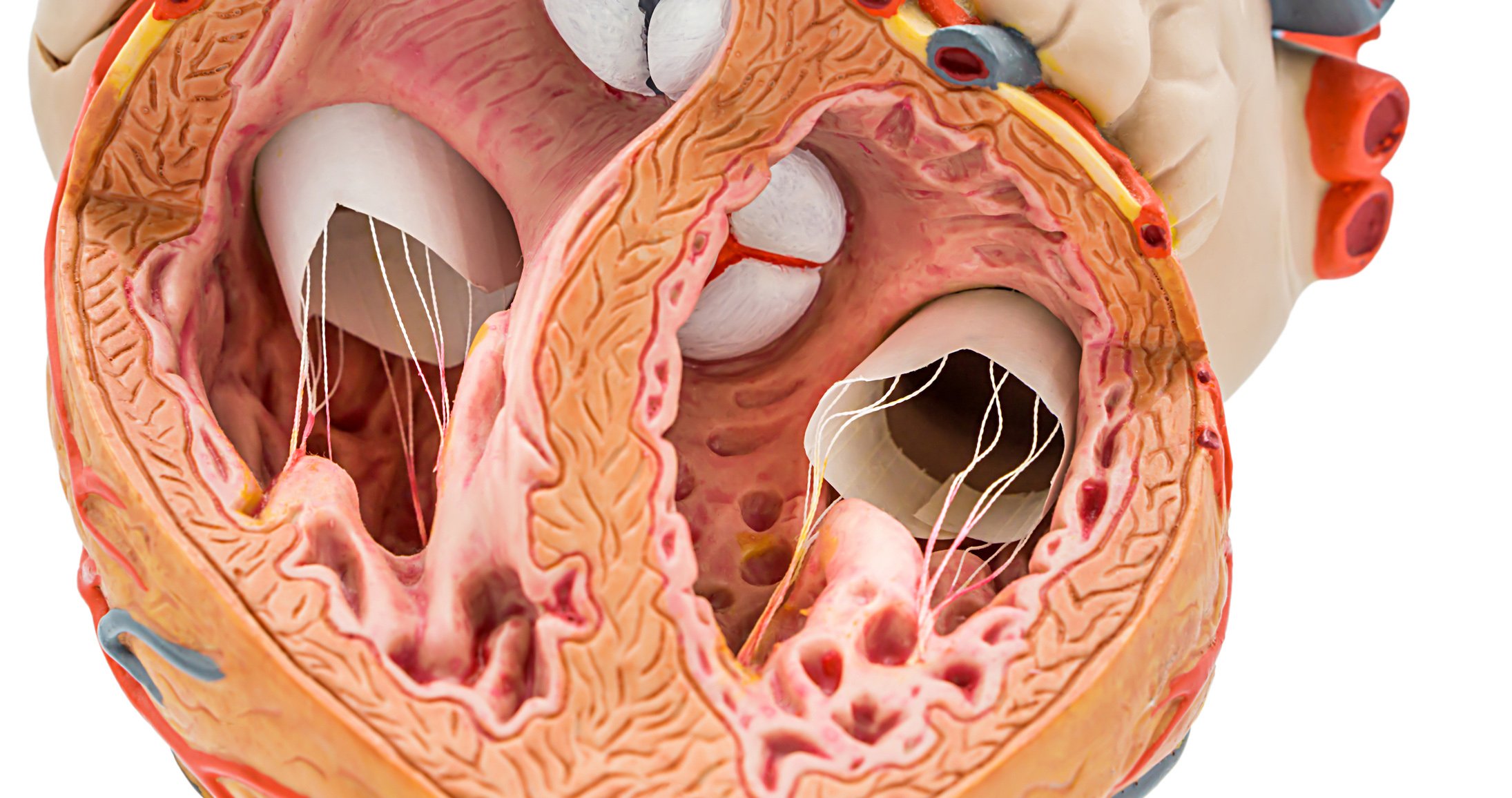The high content of minerals, especially silicon, gives brown millet a high nutritional value. There are no clinical studies demonstrating medical efficacy. Nevertheless, the plant is euphorically attributed therapeutic and preventive efficacy by certain providers.
Millet is a collective term that includes many different plants in the sweet grass family (Poaceae), which occur in about 12 different genera. In each case, it is small-fruited tegument cereal, which means that the grains are surrounded by a tegument. Therefore, just like einkorn, emmer or spelt, they must be dehusked in hulling mills before threshing.
The various types of millet are among the oldest cultivated plants on earth and have been grown as food in Asia for thousands of years. According to the nature of the grains, the different types of millet can be divided into two main groups:
- Sorghum millet: Has larger grains, which means a larger yield per area planted.
- Millet (synonym: true millet, small millet): This includes the majority of the various millet species or genera. The grains of these types of millet are smaller. Representatives of these are, for example, finger millet (Eleusine), rice millet (Panicum) or foxtail millet (Setaria).
Brown Millet
Brown millet is a representative of the genus Panicum, its botanical name is Panicum miliaceum L.. Another German name is red millet. In English, brown millet is called “red millet,” “prose millet,” or “common millet.” The color designation in the name comes from the reddish-brown hull (Fig. 1).
Suppliers of brown millet emphasize that this type of millet has not been genetically modified, nor subjected to hybrid treatment or breeding, so it is original and has a particularly high nutritional content. In brown millet, unlike other types of millet, the endosperm and the hull are firmly attached to each other and cannot be separated at all by the above-mentioned hulling. That is why the seeds are processed unhulled into a so-called wholemeal flour.
Ingredients: In brown millet, as in all cereals, you can find proteins, carbohydrates, lipids and minerals (iron, magnesium, zinc). The content of silicon in the form of silicic acid is particularly high and amounts to 550 mg per 100 grams [1].
Usage
Brown millet has positive nutritional benefits because of its nativeness or its ingredients and can be recommended as a regular part of the diet, especially in the age of fast food. According to the supplier, the daily dose should be 2-3 tablespoons, which can be taken in various forms (with liquid, muesli, etc.).
Brown millet is not approved as a drug and is offered as a dietary supplement.
Complementary Medicine
In advertising, brown millet is touted as an alternative medicine for a number of different conditions, including osteoporosis, osteoarthritis, and nail and hair disorders. However, no studies could be found for this, i.e., not even in journals that publish complementary medicine studies.
There is no evidence that brown sorghum is used by complementary medicine practitioners or other professionals such as pharmacists.
This does not mean that the regular intake of brown millet, in addition to the positive nutritional benefits, may not have some preventive benefits against the health problems mentioned. This is supported, for example, by a published study on finger millet (Eleusine coracana L. Gaertn.), a millet species of the many millet genera [2]. It refers to pharmacological studies that report blood sugar and cholesterol-lowering, anti-ulcerative and wound-healing properties of finger millet. However, the authors of the study emphasize that most of the results were obtained with outdated methodology and should be verified with modern studies.
Advertising
Certain brown millet suppliers as well as health portals describe the effect of the cereal in a one-sided and euphoric way that triggers a defensive reflex in critical observers! So you can read on the homepage of a health platform:
“…For example, there are a great many people who have had wonderful experiences with brown millet in combating osteoarthritis…”
The same homepage promises a stop of hair loss, strengthening of nails and connective tissue, a good prevention against arteriosclerosis and Alzheimer by taking brown millet. In doing so, the authors refer to studies (without references) that were allegedly made with silicon [3].
Such one-sided and euphoric praise is referred to as indication lyricism [4] by the pharmaceutical database Pharmawiki. It says there:
“…Indication lyric describes the praising of a drug or therapeutic methods in alternative medical and pseudoscientific circles against a long list of ailments. The preparations are thereby regarded as panaceas, as it were, which are supposed to be effective for almost every illness.”
The less such preparations are subject to legal regulations of medicinal products and serious food supplements, the more they are sold and advertised by people who know little about medicine and seldom know what the requirements for clinical studies are.
Summary
Brown millet, Panicum miliaceum L. (“red millet”) is a type of millet with a reddish-brown hull that is processed into a whole-wheat flour. Its high content of minerals, especially silicon, gives it a high nutritional value and can be part of the daily diet. There are no clinical studies demonstrating medical efficacy. Nevertheless, certain providers euphorically attribute to brown millet a therapeutic and preventive efficacy against diseases such as arthrosis, hair loss, arteriosclerosis, even Alzheimer’s disease. This triggers a backlash from appropriate professionals and detracts from the actual benefit of browntop millet: its usefulness as a healthy and recommended food.
Literature:
- Austrian Nutrition Table ÖNWT2.0, No. C302310, Institute of Nutritional Sciences, University of Vienna.
- Shobana S, et al: Finger millet (Ragi, Eleusine coracana L.): a review of is nutrional properties, processing, and plausible health benefits. Adv Food Nutr Res 2013; 69: 1-39.
- Zentrum der Gesundheit: Nutrition: Cereals and pseudocereals. Brown millet – silicon at its best. www.zentrum-der-gesundheit.de/braunhirse-ia.html (as of 03/20/18)
- PharmaWiki, Drugs and Health.
www.pharmawiki.ch/wiki/index.php?wiki=Indikationslyrik (as of 03/16/18)
HAUSARZT PRAXIS 2018; 13(5): 6-7













